Trump’s top intel picks, John Ratcliffe and Tulsi Gabbard, are on a collision course as Republicans plot a political takeover of U.S. intelligence agencies
Political interference, mind control, domestic spying, and generally speaking, making America worse (again). These are just some of the many grievances Donald Trump and his allies have leveled against the intelligence community in recent months. They have been repeated on podcasts, on YouTube shows, and at rallies since Trump began a vendetta against spy agencies he says colluded to destroy his 2016 campaign and presidency.
Now, the full scope of Trump’s planned war on the Deep State is coming into focus thanks to the president-elect’s nomination of John Ratcliffe and Tulsi Gabbard to top intelligence posts.
Taken together, interviews with current and former intelligence officers, a close read of the Project 2025 intelligence playbook, and the biographies of Trump’s top two intel picks reveal a radical, if confused, agenda for member agencies of the U.S. intelligence community. Among the proposals likely to be attempted inside the Central Intelligence Agency are a centralization of control over other agencies, an expansion of covert operations, and a shift from the War on Terror to competition with China.
Intelligence officers who spoke with Rolling Stone say that proposals like centralizing control of intelligence agencies known for infighting, scaling back zombie programs operating with little effect since the Cold War, and tamping down the War on Terror are all logical policies that would streamline agencies’ ability to advance national security.
But given Trump’s steadfast demand for total loyalty over all else, reforms that appear sound on their face have already provoked and enraged agencies bristling at the prospect of the incoming president yanking tight on their leash. “Everyone just wants to be left alone to keep running their operations without interference,” one intelligence officer said.
One way or another, interference looms on the horizon.
During the 2024 campaign, Trump sought to distance himself from Project 2025, the Heritage Foundation-led policy and personnel program, after its highly-detailed agenda drew scrutiny for its extreme proposals. Now that he’s won the presidency again, Trump has had no problem hiring several people involved with Project 2025 to serve senior roles. That includes his choice for CIA director, Ratcliffe, who was listed as a contributor to Project 2025’s right-wing policy guidebook.
Editor’s picks
The Project 2025 chapter on the intelligence community was authored by Dustin Carmack, who served as chief of staff to Ratcliffe when he held the title of Director of National Intelligence during Trump’s first term. As with the Project 2025 plan for many agencies, a central pillar of Carmack’s vision for the CIA is an effort to exert political control over the agency by removing and replacing personnel.
This is proposed via several mechanisms including “requiring senior officers to sign mobility agreements that allow CIA leadership to move them within the IC [intelligence community] every two years if necessary,” and implementing an “up and out” policy, similar to military service branches that require promotion to higher ranks or retirement.
Already, CIA sources say, some senior officers plan to tender their resignations rather than be forced out the hard way. But the Project 2025 plan is not focused on personnel alone. It is also intent on digging into and gaining control over the most secretive and volatile of CIA operations: covert action. Unlike clandestine efforts in the military, which operate in secrecy but are still guided by the broad provisions that regulate armed combat, the CIA’s covert action authorities allow it to conduct influence campaigns and paramilitary operations far outside the conventional rules governing most military operations.
Related Content
Project 2025 proposes that on day one, the CIA director and deputy director should be read into every special access program and covert action finding without exception. While this may seem standard fare for incoming leadership, the size and scope of the CIA enterprise means that the highest ranking positions of director and deputy director are rarely briefed with this kind of granularity.
Once political appointees and the scope of CIA operations are in the viewfinder of the new director, the plan recommends ramping up covert action in the areas prioritized by the president, and slashing operations outside this purview. By both Carmack and Trump’s account, this would result in a major shift from counter-terrorism to China.
Additionally, Carmack argues for a return to a warrior, “OSS-like culture” at the CIA, a reference to World War II Office of Strategic Services which served as the wartime precursor to the CIA. Like the OSS, Carmack suggests senior intelligence officers should be promoted from the ranks of those who have risked their lives in high stakes operations.
“Certain elements in the State Department, IC, and DOD [Department of Defense] trade on risk aversion or political bureaucracy to delay execution of the president’s foreign policy goals” Carmack writes. “A future conservative president should therefore identify individuals on the transition team who are familiar with the implementation of covert action with a view to placing them in key [intelligence] and DOD positions.”
In service of this mission, Carmack also recommends increasing availability of Pentagon assets to the CIA, writing that “many DOD capabilities, including those in the space and cyber domains, can be employed only after the initiation of armed conflict,” and that those assets should also be considered for use in the furtherance of covert action.
But there is a major hitch to Carmack’s plan, and by extension, Ratcliffe’s mandate for remaking American intelligence agencies. In the Project 2025 manifesto, centralized control lies not with the director of the CIA, but instead, with the Director of National Intelligence, who, if confirmed, will be former Hawaii representative Tulsi Gabbard. Gabbard’s unpredictable foreign policy commitments and outright hostility to the intelligence community is hard to overstate.
Thanks to her dovish stance toward Russia and high-profile meeting with Syrian President Bashar al-Assad, the former politician and National Guard veteran has already drawn scrutiny from senators on the intelligence committee who she will need to support her confirmation. Gabbard’s support for National Security Agency whistleblower Edwards Snowden and WikiLeaks founder Julian Assange have also failed to win her allies in the Senate, and positioned her in direct opposition to Project 2025’s proposed crackdown on unauthorized leaks.
Thanks to Carmack elevating the role his boss once held but holds no longer, Ratcliffe could soon be playing second fiddle to Gabbard. Not only does Project 2025 suggest that the Office of the Director of National Intelligence should be the only agency that crafts the president’s daily intelligence brief, Carmack also recommends giving the ODNI full budget authority, which would ultimately allow it to force other intelligence agencies into monetary submission.
Initially created in the wake of 9/11 in an effort to prevent the glaring intelligence-sharing failures that occurred in the run up to the attacks, ODNI has by most accounts devolved into an intelligence backwater, with little oversight and control over the dozen plus intelligence agencies, and a directorship so powerless that more than one nominee has rebuffed the offer to become its director.
“People on both sides of the political fence hate ODNI,” says a former high ranking CIA chief. “Do I really think that another 9/11 would be stopped thanks to ODNI? Of course not. People back home would suffer through their directives, but to a large extent people in the field ignore them completely. Now if ODNI was really directing national intelligence by controlling the budget, that’s a different story. But the IC community is great at playing hide the ball, whether it’s out in the field, or with the bureaucrats in Washington.”
If the DNI was authorized to control the intelligence flow to the president, the budgets of all other agencies, and held a mandate to actualize the role that it was once intended to serve, things could change quickly. But Trump’s nomination pageant has subordinated Ratcliffe under the directorship of Tulsi Gabbard, whose outlook stands in sharp contrast with Ratcliffe’s.
Project 2025 proposals like increasing surveillance of Chinese American academics, pouring gas on risky covert action, and juicing the CIA arsenal with big-ticket items from the DOD all sound like proposals Gabbard is likely to sour on. On the other hand, controlling the CIA, NSA, FBI, and a dozen other agencies could be more appealing to Gabbard. As one former CIA officer tells Rolling Stone, “It sure looks like Ratcliffe wrote the playbook and then had his balls cut off and handed to Tulsi.”
An opinion shared by all the sources who spoke with Rolling Stone is that without a coherent foreign policy, a truly radical overhaul of the intelligence community is hard to imagine. Pete Hegseth, nominated to run the Department of Defense, does not believe that women like former national guard soldier Tulsi Gabbard should serve in combat roles. Meanwhile, Gabbard has opposed the mass surveillance programs that Ratcliffe says are essential to national defense. Ratcliffe has signaled that China should be centered as the number one threat to America, while counterterrorism czar Sebastian Gorka is frothing at the mouth to supercharge the War on Terror. Somewhere off in the Senate, Marco Rubio, Trump’s nominee for Secretary of State, is furiously trying to keep up.
In 1975, it was Senator Frank Church, who first attempted to knock the intelligence agencies down to size and into the oversight of Congress: “If this government ever became a tyranny, if a dictator ever took charge in this country, the technological capacity that the intelligence community has given the government could enable it to impose total tyranny, and there would be no way to fight back because the most careful effort to combine together in resistance to the government, no matter how privately it was done, is within the reach of the government to know,” Church said.
Fortunately for American democracy, so far, the fears raised by Church have wavered in the face of a clown car Cabinet and an administration with the keys to the city but no clue how to walk through the door. Fights will be waged, senior officers purged, and changes to covert action, personnel hiring, and firing enacted.
But whether the intelligence agencies can be dragged into the light and forced to heel at the president’s table remains to be seen. As a former intelligence officer tells Rolling Stone, “If there’s one place the CIA thrives, it’s in chaos.”

 2 hours ago
1
2 hours ago
1
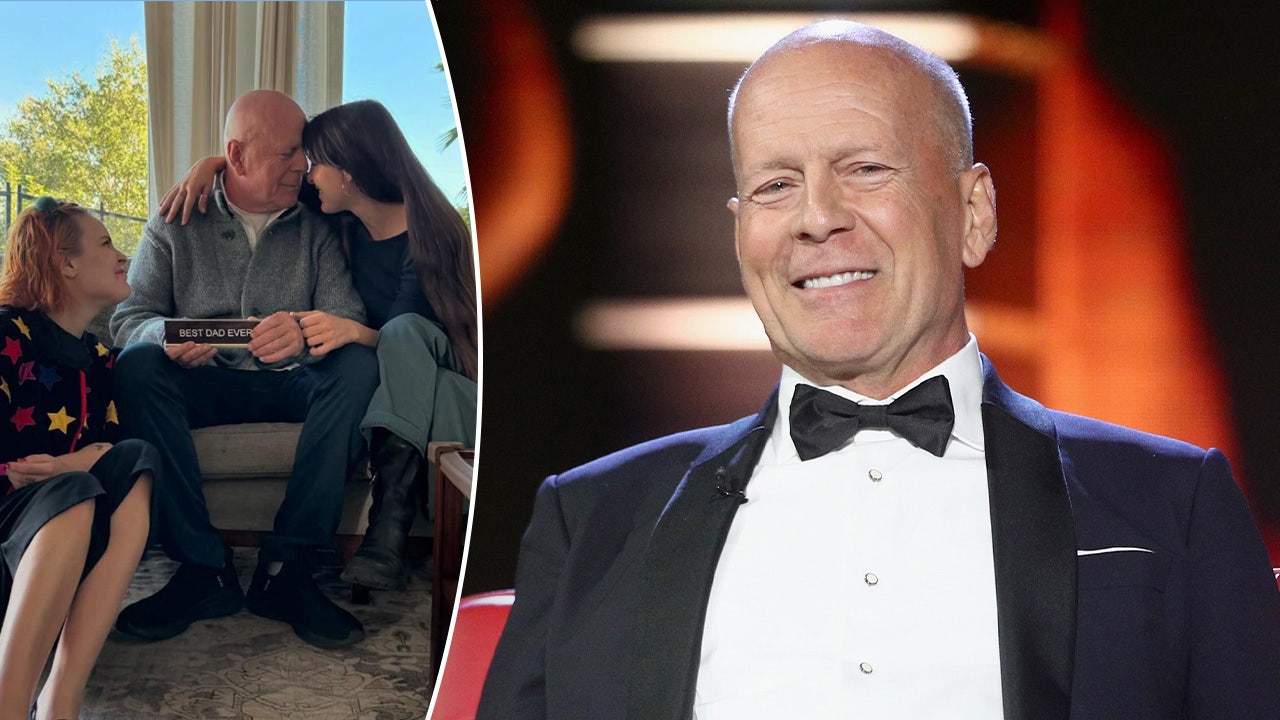















.png)

.png)
.png)
.png)



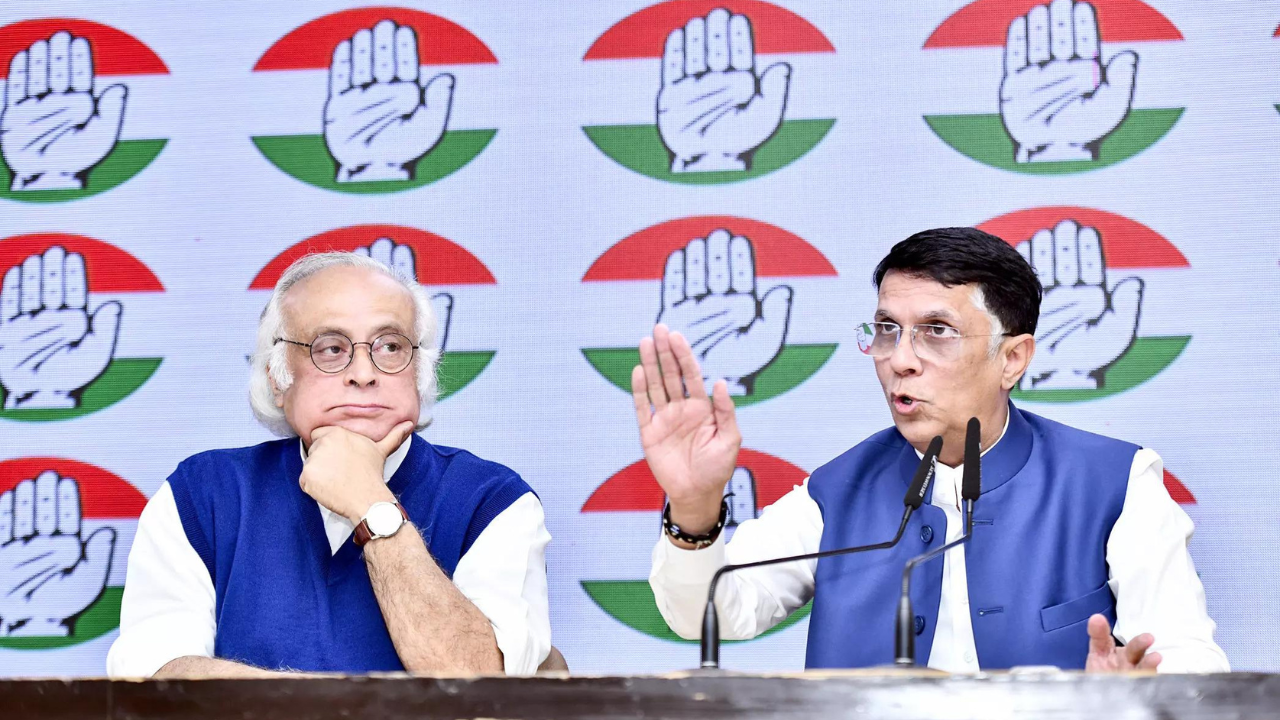

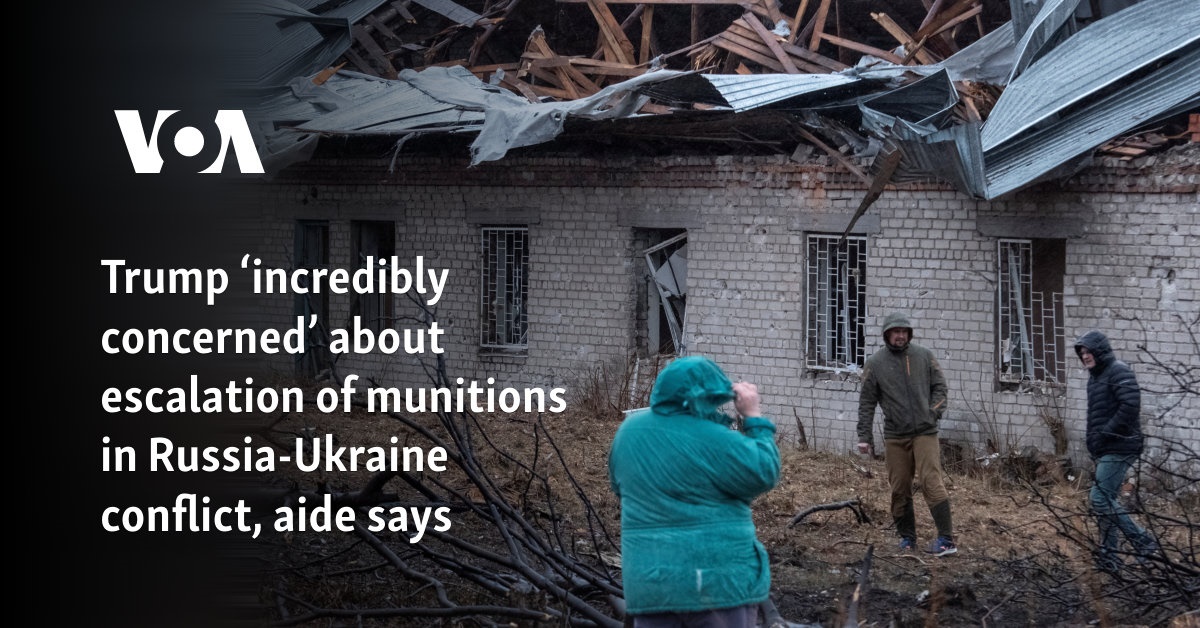




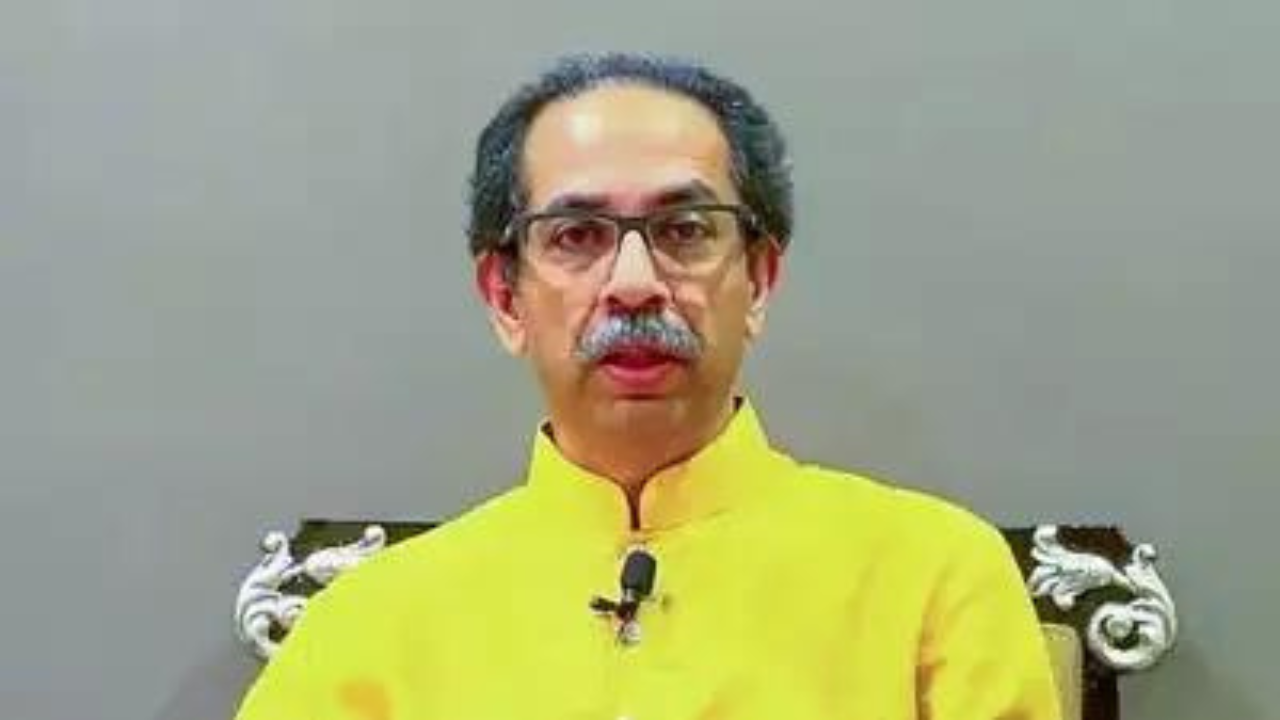

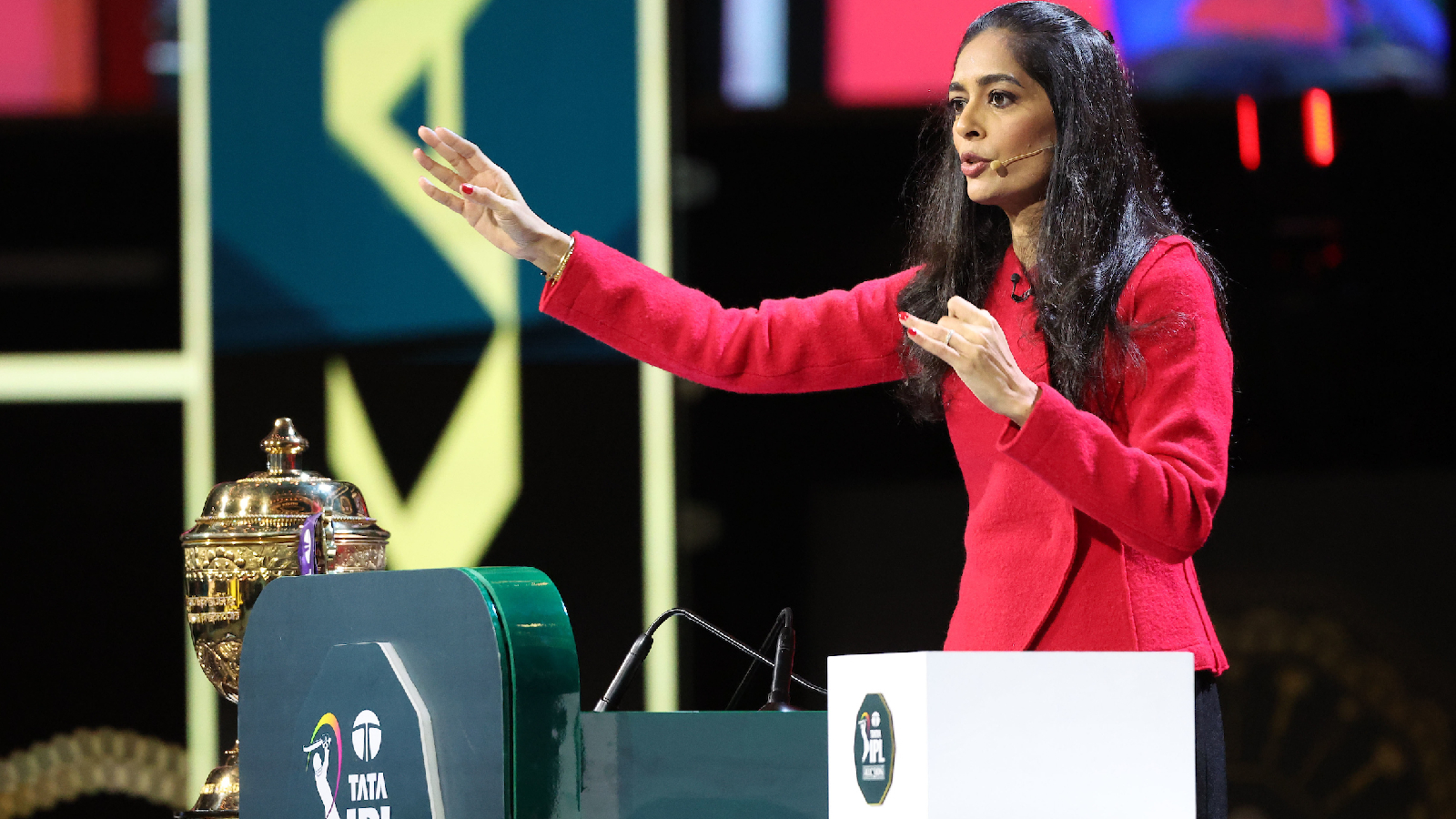
 English (US) ·
English (US) ·  Hindi (IN) ·
Hindi (IN) ·